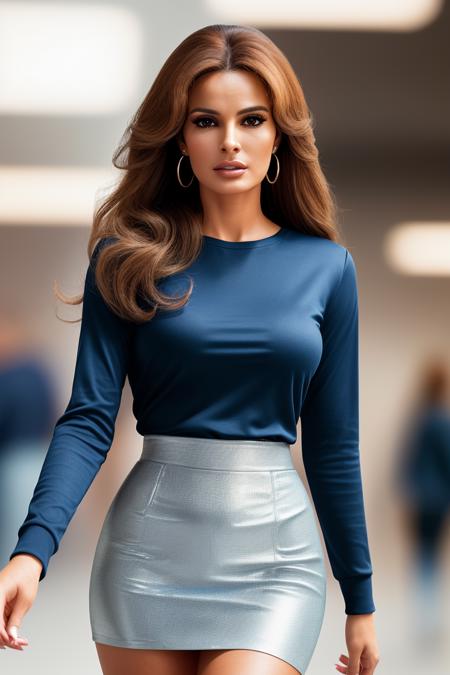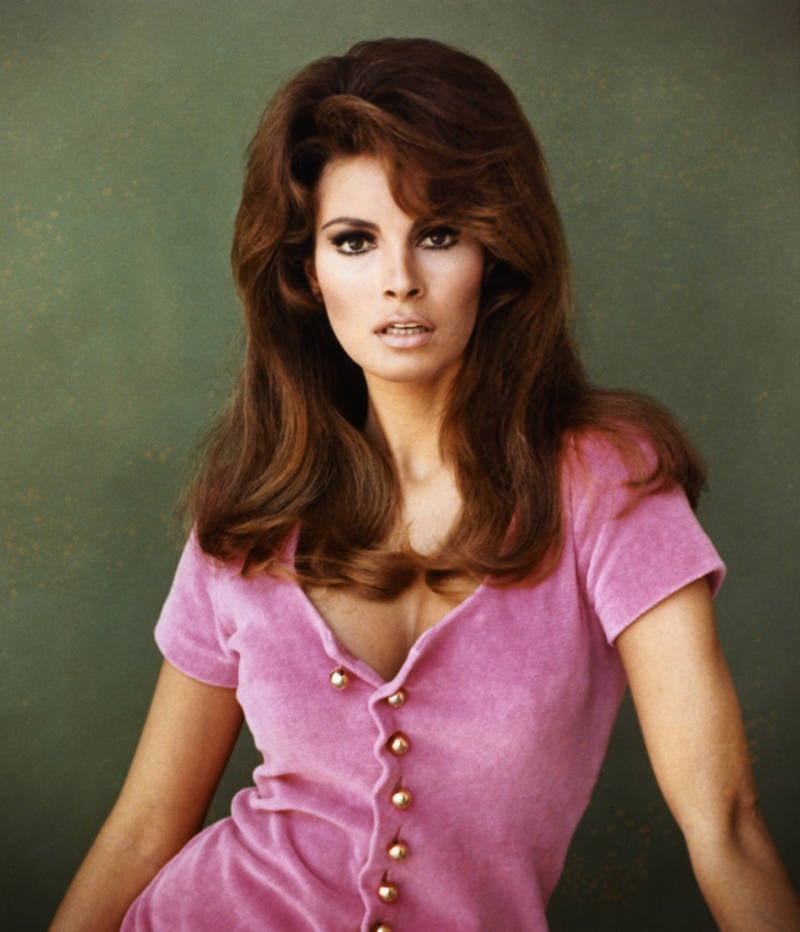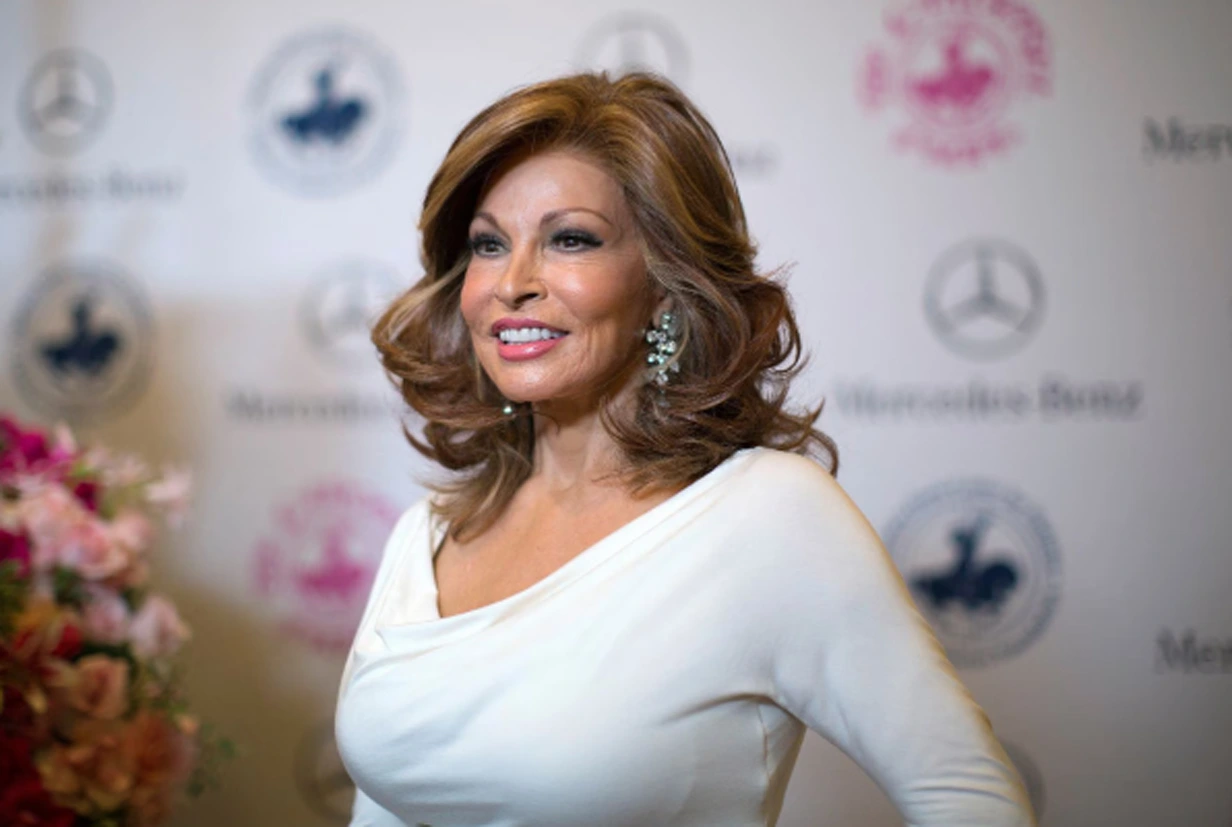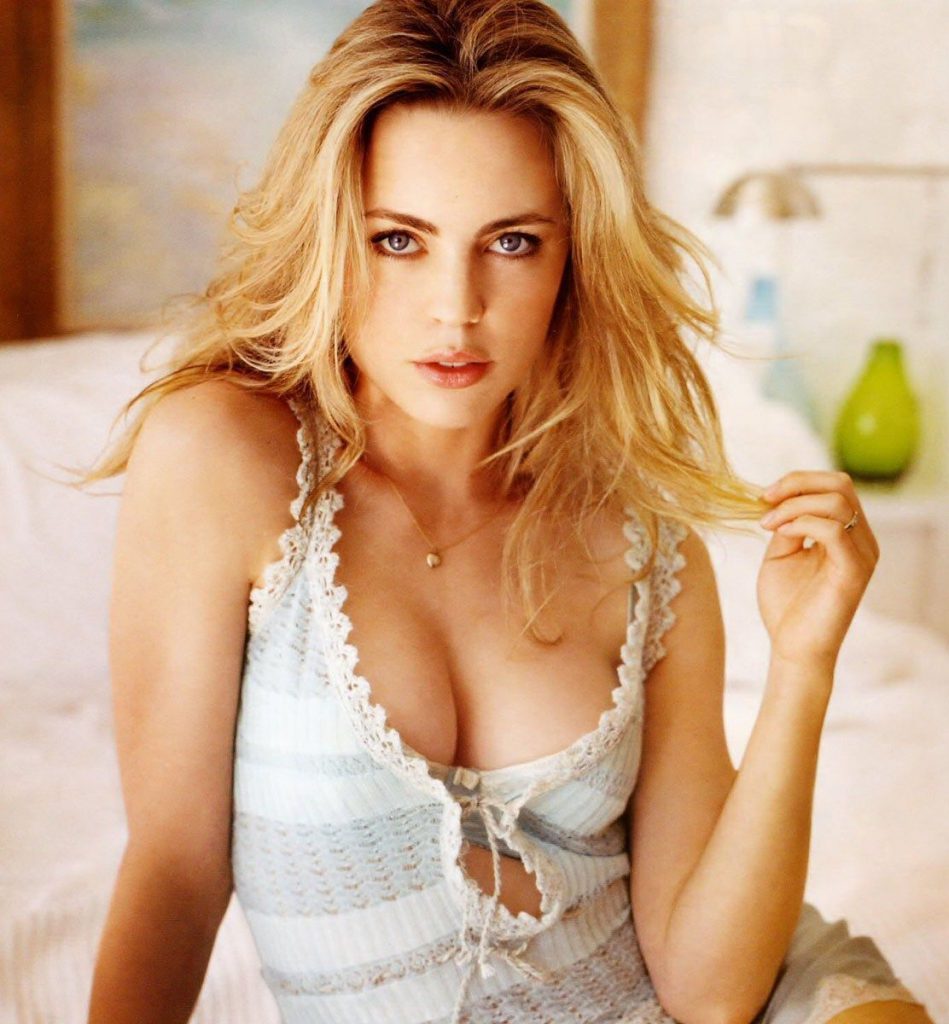Raquel Welch: Breaking Barriers and Redefining Hollywood Glamour
Raquel Welch was more than just an actress; she was a symbol of a transformative era in Hollywood. Born Jo Raquel Tejada, she broke away from conventional images to create a legacy that transcended her films. Her career, spanning over five decades, showcased not just beauty, but resilience and an indelible influence on popular culture.
Video:
A Remarkable Beginning: From Chicago to Hollywood
Born on September 5, 1940, in Chicago, Illinois, Raquel’s early life was shaped by a multicultural heritage. Her father, Armando Carlos Tejada, was from Bolivia, while her mother, Josephine Sarah Hall, was of English descent. The family relocated to San Diego, California, when Raquel was two years old. Here, she discovered her love for performing arts, starting with ballet. However, a blunt critique from her dance instructor at 17 led her to pursue acting instead of ballet.
Her teenage years were marked by beauty pageants, winning titles such as Miss La Jolla and Miss San Diego. These successes fueled her passion for performance. She later attended San Diego State College on a theater arts scholarship, paving the way for her transition into the entertainment industry.

From Local Theatre to Hollywood Fame
In 1958, Raquel married her high school sweetheart, James Welch, whose surname she kept even after their separation. While balancing family life, she performed in local theater and worked as a weather presenter in San Diego. After separating from James, she moved to Dallas, Texas, with her two children. To support her family, she modeled for Neiman Marcus and worked as a cocktail waitress before taking the leap to Los Angeles in 1963.
In Los Angeles, she met Patrick Curtis, who helped craft her image as a Hollywood starlet. This strategic rebranding allowed her to avoid being typecast as a Latina actress, reflecting the racial challenges of the era. Raquel landed small roles in television shows such as Bewitched and The Virginian, but her breakthrough came in 1966 with Fantastic Voyage.

The Iconic Bikini and International Fame
Raquel’s role in One Million Years B.C. in 1966, where she donned a now-iconic deer-skin bikini, catapulted her to international fame. The promotional images of her became one of the defining visuals of the 1960s, challenging Hollywood’s blonde bombshell stereotype. Her exotic features and confident presence symbolized a shift in beauty standards, paving the way for more diverse representations of women in Hollywood.
Beyond her physical appeal, Raquel brought strength and boldness to her roles. Her portrayal of Sarita in 100 Rifles (1969), featuring one of Hollywood’s first interracial love scenes, broke industry norms and showcased her willingness to take on groundbreaking roles.

Breaking the Mold: Beyond the Sex Symbol
Determined to avoid being typecast as a mere sex symbol, Raquel sought roles that showcased her depth as an actress. In 1970, she portrayed Myra Breckinridge, a transgender woman, in a controversial film adaptation of Gore Vidal’s novel. While the film faced criticism, it demonstrated Raquel’s fearless approach to unconventional roles.
Her performance as Constance Bonacieux in The Three Musketeers (1973) earned her a Golden Globe Award, further solidifying her versatility. She reprised the role in The Four Musketeers (1974), demonstrating her comedic timing and action-hero prowess. In Kansas City Bomber (1972), she portrayed a roller derby star, performing her own stunts and showcasing the struggles of balancing ambition and personal life.

Television and Continued Success
Raquel’s television career flourished in the 1970s and 1980s. Her special Raquel! (1970) highlighted her singing and dancing abilities. She also earned acclaim for her role in Right to Die (1987), portraying a woman with Lou Gehrig’s disease. This performance earned her a Golden Globe nomination, proving her dramatic range.

Later Life: Embracing Simplicity and Legacy
In later years, Raquel chose meaningful projects over fame. She appeared in films like House of Versace (2013) and How to Be a Latin Lover (2017). She also embraced business, launching a successful wig line and publishing a fitness book and video series in 1984 focused on health and balanced living.
Despite her status as a sex symbol, Raquel maintained strict boundaries, famously refusing full nudity. She once said, “I wasn’t brought up to be a sex symbol, nor is it in my nature to be one.” This stance reflected her strength of character in an often-demanding industry.

A Lasting Impact on Hollywood and Beyond
Raquel Welch passed away on February 15, 2023, at 82, leaving behind a lasting legacy. She was not just a Hollywood star but a trailblazer who redefined female roles in cinema. Through her portrayal of strong, confident characters, she inspired future generations to embrace diverse and powerful roles.
Raquel Welch’s story is one of resilience, determination, and evolution. She overcame typecasting, navigated fame’s pressures, and built a career that was both glamorous and groundbreaking. Her journey reminds us that true success is about staying true to oneself, seizing opportunities, and leaving a lasting impact.
Share this content:









Post Comment